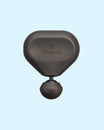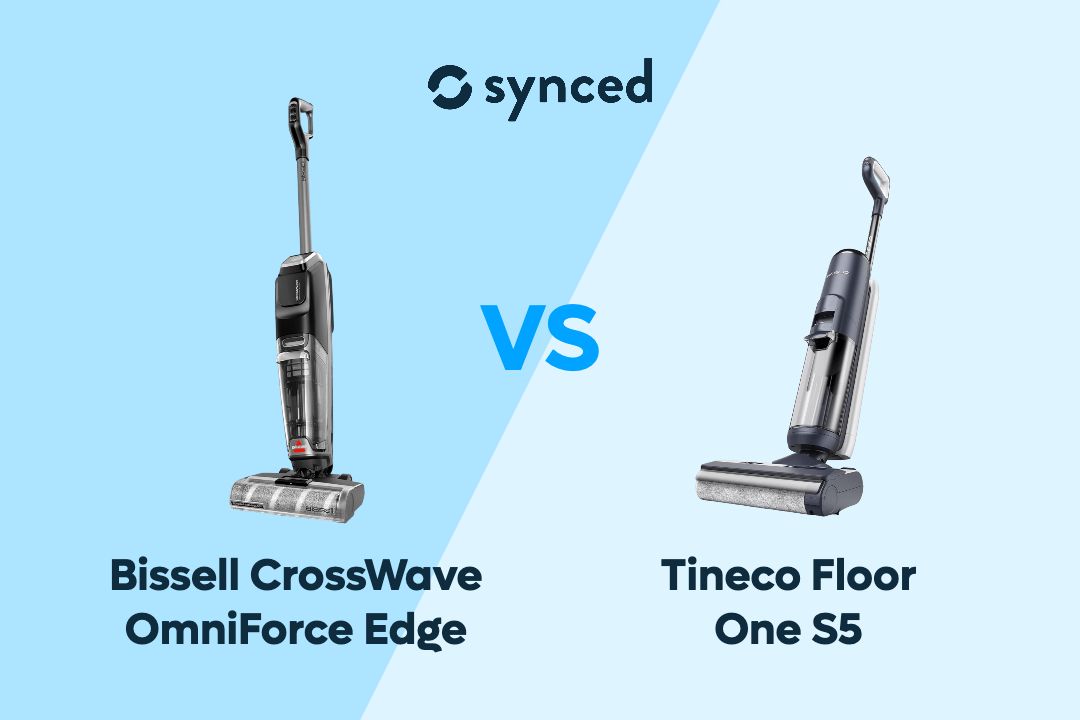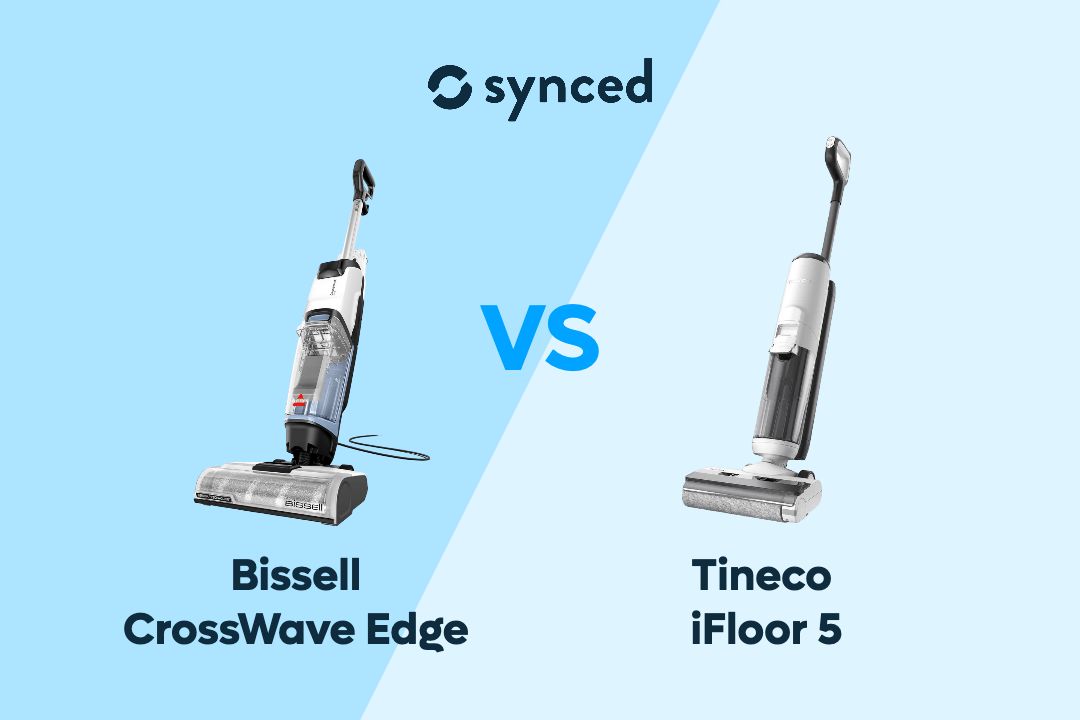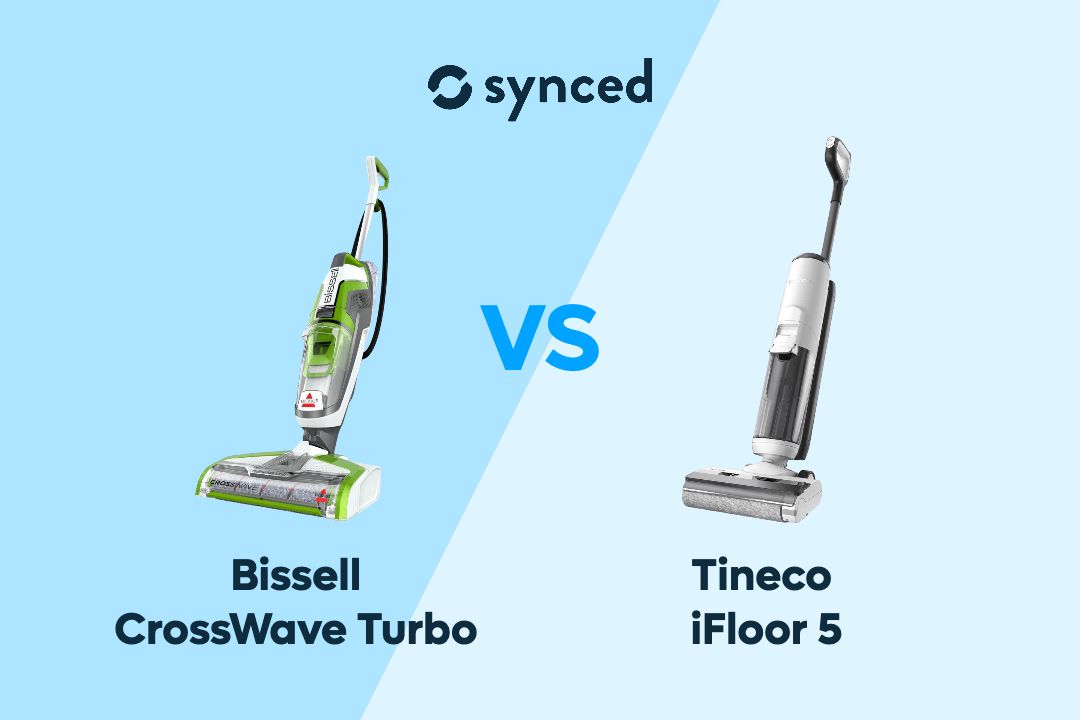Rode Wireless GO 2 vs GO (Gen 3): What's New?
Naila Syifa
Updated December 2024

The third-generation Rode Wireless GO was recently released in December 2024, offering some features and expanded capabilities over the previous models. But what exactly got upgraded in this new version? Let's compare the Wireless GO (Gen 3) with its predecessor Wireless GO 2 to see what improvements have been made!
Key Takeaways
Rode Wireless GO (Gen 3) introduces at least 8 new features over the Wireless GO 2, including 32-bit float internal recording, Intelligent GainAssist, granular output and input gain control, TRRS connector for simultaneous headset monitoring & recording, locking TRS connector, a record button, SC33 charging hub, and plug-in power detect.


Rode Wireless GO 2
Entry-Level Microphone
✓ Internal Recording
✓ Safety Channel
✓ Output Gain Control
✓ 7-Hour Battery

Rode Wireless GO (Gen 3)
Mid-Range Mic with Pro Features
✓ 32-bit Float Internal Recording
✓ Intelligent GainAssist
✓ Granular Gain Adjustment
✓ Plug-In Power Detect
Design

Rode Wireless GO 2
Looking closely at the physical specifications, the third-gen Wireless GO is slightly bigger and heavier than the Wireless GO 2. But the difference in size and weight is small — just about 1-2 millimeters in dimensions and 4-5 grams in weight. So, the overall size and weight are still very similar between the two models.
The rectangular form factor and integrated clip design are also maintained across both generations. The control interface has also remained largely unchanged, except that Wireless GO (Gen 3) replaced the LED screen on the previous Wireless GO 2's receiver with an LCD.
Rode Wireless GO (Gen 3) also adds a new dedicated record button on each transmitter, which we can use to easily start and stop recording.
Wireless GO 2 uses the Ø button for recording control. That same button is also used for power, mute, and marker on the GO 2, so the dedicated record button on the Wireless GO (Gen 3) is a welcomed improvement.
Another design difference you may want to consider is the color. While the second-gen Wireless GO is only available in black, the Wireless GO (Gen 3) comes in black, white, and limited edition colors like red, orange, green, purple, pink, blue, cobalt, clay, lilac, stone, rose, and moss. You can better match the color to your personal style or filming setup.
Audio Features

Rode Wireless GO (Gen 3)
Rode Wireless GO (Gen 3) introduces a new 32-bit float recording capability, a professional feature previously available in the Wireless Pro model. When recording in the 32-bit float, the dynamic range is significantly expanded, allowing for a much wider range of audio levels to be captured without the risk of clipping or distortion.
Wireless GO (Gen 3) also adds Intelligent GainAssist, further closing the gap to the Pro line and moving further away from the second-generation GO model. Intelligent GainAssist automatically adjusts the gain level on the fly to ensure clear, balanced audio without having to manually adjust the gain every time.
If you prefer manual gain adjustment, the third-gen Wireless GO supports it just like the Wireless GO 2 did. However, gain control on the Wireless GO (Gen 3) is more refined. We can adjust both the output and input gain on the receiver and transmitter, respectively ranging from 0 dB to -30 dB in 3 dB increments and 0 dB to 30 dB in 1 dB increments.
Wireless GO 2 only supports output gain adjustment on the receiver. The default setting is a 3-stage pad that cycles between 0 dB, -12 dB, and -24 dB gain level, but we can expand it to a 10-stage pad ranging from 0 dB to –30 dB in 3 dB increments.
Other than those improvements, the Wireless GO (Gen 3) maintains the same core audio features as the Wireless GO 2, including a built-in microphone for internal recording, split mode, merged mode, and safety channel.
Connectivity & Range

Rode Wireless GO 2
In terms of range, the Wireless GO (Gen 3) offers an improved maximum range of up to 260 meters (853 feet) in optimal conditions, compared to the Wireless GO 2's maximum range of 200 meters (656 feet).
In terms of connectivity, Rode Wireless GO 2 and GO (Gen 3) are universally compatible with a range of devices, including cameras, phones, laptops, tablets, and more. However, there are some little differences to note.
On the receiver side, the Wireless GO 2 features a USB-C connector and 3.5mm TRS output, while the Wireless GO (Gen 3) features a USB-C connector and 3.5mm TRRS connector.
TRRS can handle everything TRS does, plus mic input. That means, the Wireless GO (Gen 3) allows you to connect to headsets to monitor the recording simultaneously as you record with the headset microphone. Meanwhile, Wireless GO 2 only supports audio monitoring using headphones.
On the transmitter side, the Wireless GO 2 features a USB-C connector and 3.5mm TRS input, while the Wireless GO (Gen 3) features a USB-C connector and locking 3.5mm TRS input. The locking connectors ensure a more secure connection when you connect lavaliers to the transmitter.
Both microphone systems also come with different sets of cables. The Wireless GO (Gen 3) is better equipped, coming with a 3.5mm TRS to TRS cable, a Lightning to USB-C, and a USB-C to USB-C cable.
Meanwhile, the Wireless GO 2 only includes a 3.5mm TRS to TRS cable and a USB-C to USB-A cable. For connecting to mobile devices, you'll need to purchase additional cables.
Battery & Charging

Rode Wireless GO (Gen 3)
Rode Wireless GO 2 and GO (Gen 3) are rated for the same 7 hours of runtime for each transmitter and receiver. There is a charging case sold separately, which extends the total runtime to up to 21 hours.
Charging both devices is done via the USB-C ports located on each transmitter and receiver. However, the Wireless GO (Gen 3) comes with the SC33 charging hub, which simultaneously charges all three components (two transmitters and one receiver) for added convenience.
Rode Wireless GO (Gen 3) also has a plug-in power detect feature, which can preserve the battery life by automatically syncing to a connected camera's power. When the camera is turned off, the Wireless GO (Gen 3) will automatically power down to conserve battery life.
Rode Wireless GO 2 vs GO (Gen 3)
Final Thoughts

Rode Wireless GO 2
After examining the four aspects, we have found at least eight key improvements in the Rode Wireless GO (Gen 3) compared to the Wireless GO 2 model. These new features include:
- A dedicated record button on each transmitter
- 32-bit float internal recording
- Intelligent GainAssist
- Granular output and input gain control
- TRRS connector for simultaneous headset monitoring & recording
- Locking TRS on transmitters
- SC33 charging hub
- Plug-in power detect
With these new capabilities, the Rode Wireless GO appears to offer notable upgrades over the previous Wireless GO 2 model, making it a more compelling option for audio professionals and content creators who require advanced features and versatile connectivity.
If you like to read more about Wireless Microphone, check out our other relevant guides here:
Rode Wireless Micro vs GO (Gen 3)
Rode Wireless GO (Gen 3) vs Pro
Rode Wireless GO (Gen 3) vs DJI Mic 2
Rode Wireless GO (Gen 3) vs DJI Mic Mini
Author

Naila Syifa
Naila has spent over 1,800 hours researching, exploring, and writing about the latest trends in technology, consumer electronics, and smart home gadgets.
Don't miss out on tech
Subscribe to our newsletter to stay up to date on the latest tech trends and guides on the best gadgets around.







